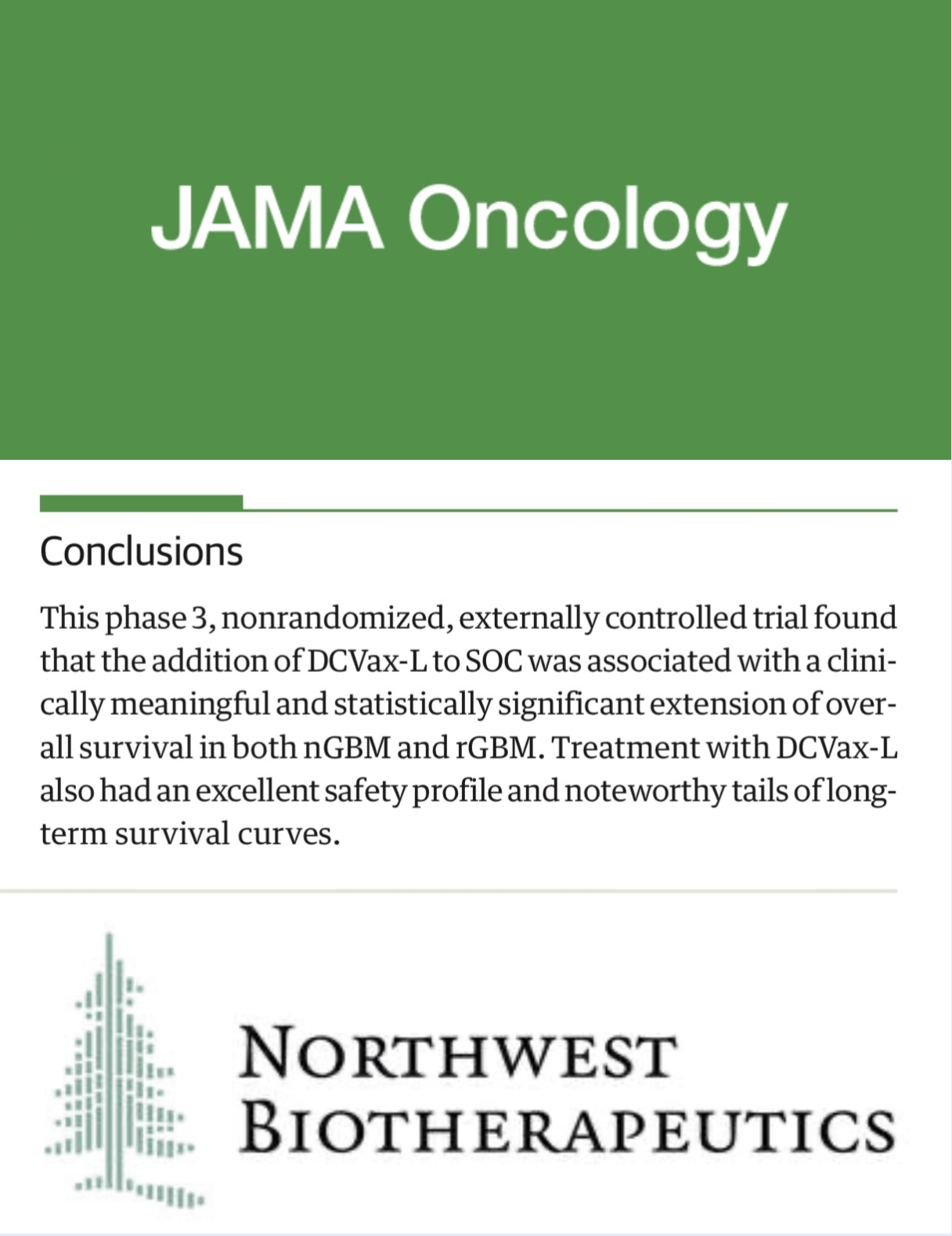Heterogeneity of Residual Disease After Neoadjuvant Systemic Therapy in Breast Cancer: A Review.
IF 22.5
1区 医学
Q1 ONCOLOGY
引用次数: 0
Abstract
Importance Over the past 2 decades, systemic therapy for early-stage breast cancer has gradually moved from the adjuvant to the neoadjuvant setting. Administration of systemic therapy before surgery leads to potential improvements in surgical outcomes and allows for the assessment of the pathologic response to treatment. For patients with residual disease (RD), 3 adjuvant strategies have been shown to improve outcomes: (1) adjuvant trastuzumab emtansine for ERBB2-positive disease, (2) adjuvant capecitabine for triple-negative disease, and (3) adjuvant olaparib for patients with germline BRCA variants. Furthermore, studies are testing novel drugs in the postneoadjuvant setting. Given the potential to tailor adjuvant therapy based on the response to preoperative systemic therapy, recognizing the complexities of response to neoadjuvant therapy and moving beyond the binary paradigm of RD vs experiencing a pathologic complete response is becoming increasingly necessary. Observations Novel antibody-drug conjugates, anti-ERBB2 tyrosine kinase inhibitors, and immune checkpoint inhibitors are being evaluated as additional rescue options in phase 3 trials for patients with RD after neoadjuvant treatment. Concomitantly, the prognostic role of RD has been refined by the introduction of the residual cancer burden. In addition, the genomic landscape of RD has been found to be associated with long-term prognosis, as has the immune background of the disease evaluated via the presence of tumor-infiltrating lymphocytes. Lastly, the dynamics of circulating tumor DNA may allow for further improvement in prognostication by understanding which patients harbor detectable minimal RD. Conclusions and Relevance Escalating adjuvant treatment has led to meaningful survival improvements among patients with breast cancer and RD after neoadjuvant therapy. Uncovering the anatomic and biological intricacies of RD will allow for increased precision in postneoadjuvant treatments, moving beyond the binary paradigm of RD vs pathologic complete response, toward more tailored rescue strategies in the adjuvant setting.乳腺癌新辅助系统疗法后残留疾病的异质性:综述。
重要性在过去 20 年中,早期乳腺癌的全身治疗已逐渐从辅助治疗转向新辅助治疗。在手术前进行全身治疗有可能改善手术效果,并可评估病理对治疗的反应。对于有残留疾病(RD)的患者,有三种辅助治疗策略可改善预后:(1)针对ERBB2阳性疾病的辅助曲妥珠单抗;(2)针对三阴性疾病的辅助卡培他滨;以及(3)针对有种系BRCA变异的患者的辅助奥拉帕利。此外,还有研究正在对新辅助治疗后的新型药物进行测试。鉴于根据术前全身治疗反应定制辅助治疗的潜力,认识到新辅助治疗反应的复杂性并超越 RD 与病理完全反应的二元范式变得越来越有必要。观察结果新型抗体药物共轭物、抗 ERBB2 酪氨酸激酶抑制剂和免疫检查点抑制剂正被评估为新辅助治疗后 RD 患者 3 期试验中的额外挽救方案。与此同时,残留癌负担的引入也完善了 RD 的预后作用。此外,还发现 RD 的基因组结构与长期预后有关,通过肿瘤浸润淋巴细胞的存在评估疾病的免疫背景也与长期预后有关。最后,通过了解哪些患者体内存在可检测到的最小 RD,循环肿瘤 DNA 的动态变化可进一步改善预后。揭示 RD 在解剖学和生物学上的复杂性将有助于提高新辅助治疗后治疗的精确性,超越 RD 与病理完全反应的二元模式,在辅助治疗中采取更有针对性的挽救策略。
本文章由计算机程序翻译,如有差异,请以英文原文为准。
求助全文
约1分钟内获得全文
求助全文
来源期刊

JAMA Oncology
Medicine-Oncology
自引率
1.80%
发文量
423
期刊介绍:
JAMA Oncology is an international peer-reviewed journal that serves as the leading publication for scientists, clinicians, and trainees working in the field of oncology. It is part of the JAMA Network, a collection of peer-reviewed medical and specialty publications.
 求助内容:
求助内容: 应助结果提醒方式:
应助结果提醒方式:


